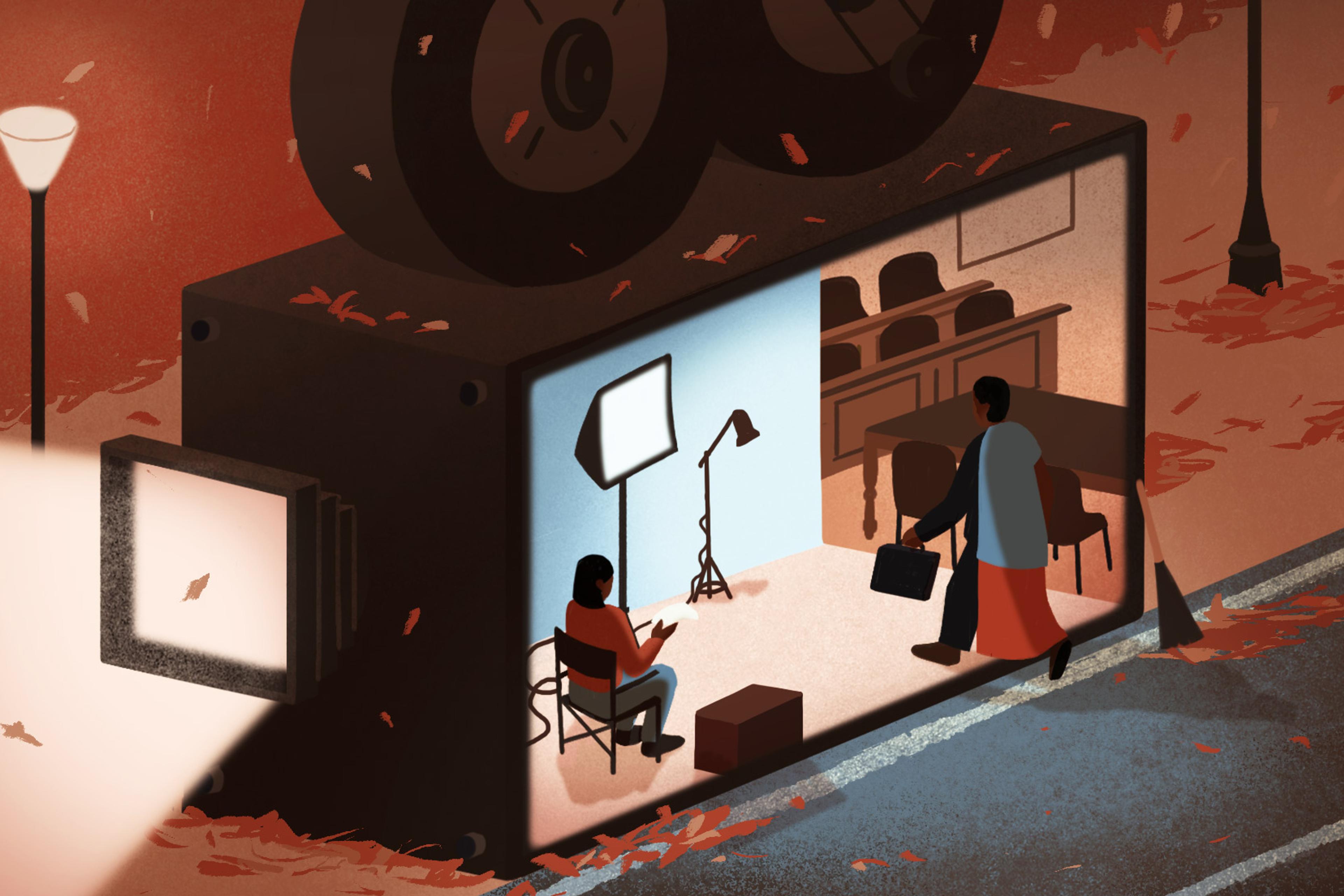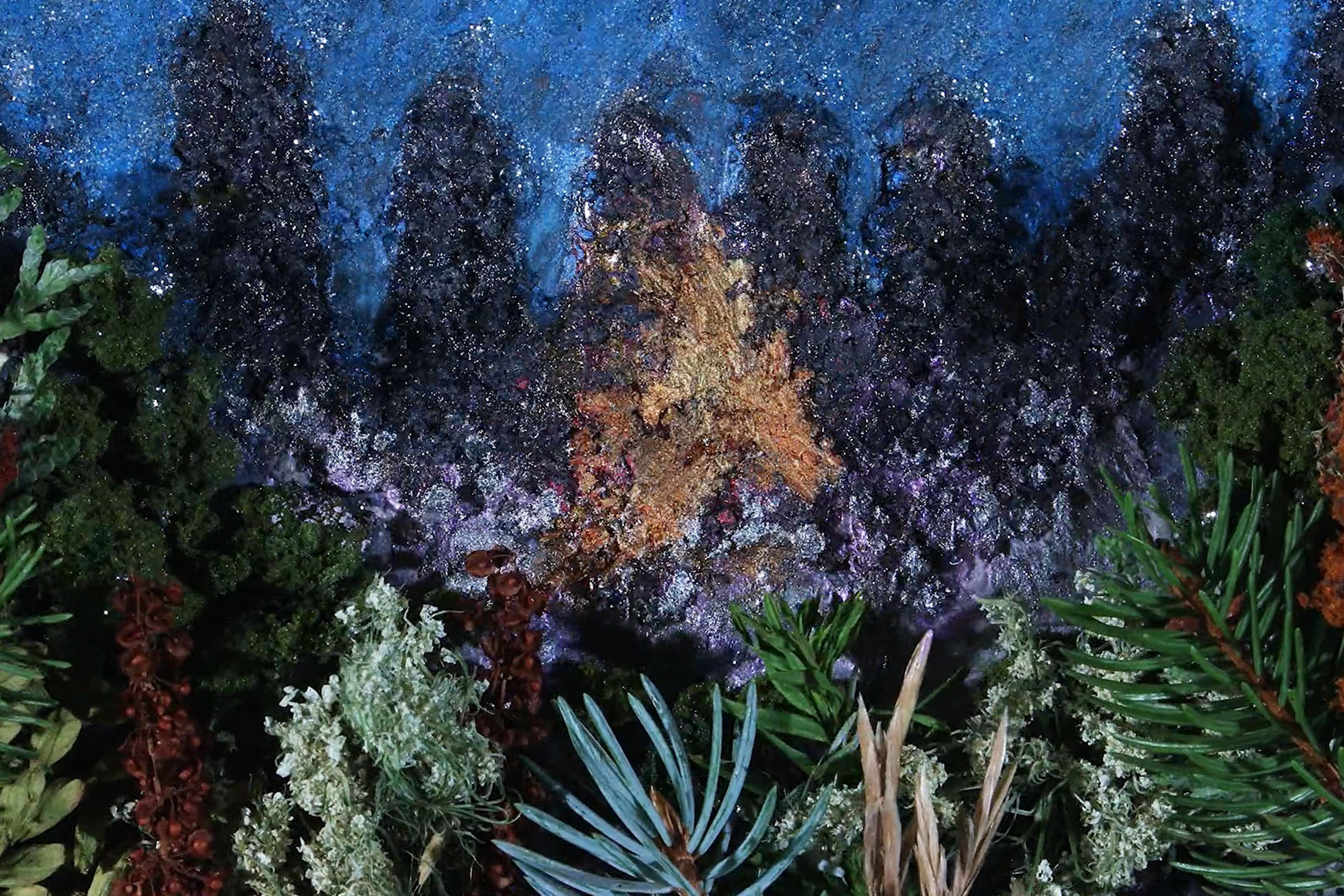The art of the Bhil people of central India is instantly recognisable for its bright colours, fantastical human forms and, above all, mesmerising dot patterns. Today, the unique character of these images is celebrated in books, folk art museums and, in the case of the short film Hum Chitra Banate Hai (We Make Images) (2016), a beautiful animation. But for centuries, this distinctive painting style existed primarily on the clay walls of Bhil homes, with twigs serving as the painting tools, and plants and oils generating the vivid pigments. More than decoration or artistic expression, the making of these pictures, taking place on festival days and depicting ancestors and scenes from Bhil folklore, represents an act of ritualistic prayer.
So, why do the Bhil people paint? That’s the question at the centre of Hum Chitra Banate Hai, directed by the Indian artist and storyteller Nina Sabnani in partnership with the Indian Institute of Technology Bombay, where she is an associate professor at the Industrial Design Centre. For the project, Sabnani teamed up with the Bhil artist Sher Singh Bhil to bring to life the myth behind the tradition of adorning homes with elaborate frescoes. Narrated from the perspective of a rooster, the story recounts a journey to find a shaman to bring relief from a catastrophic drought. Once located, the shaman inspires the Bhil to paint their homes – an act that brings rain, bountiful crops and, ultimately, peace and prosperity.
The artistic collaboration results in a playful and evocative animation, with a visual style unlike anything you’re likely to find on your streaming service of choice. This absorbing imagery, combined with the unpretentious storytelling and the expressive narration of the celebrated Indian actor Raghubir Yadav, builds a world into which it’s easy to dissolve. But beyond its brisk charms, Hum Chitra Banate Hai is also an accomplished work of visual ethnology. By bringing authentic Bhil imagery to life, Sabnani and Singh Bhil at once share and express a tradition at the centre of Bhil culture, portraying a people to whom art, nature and spirituality are inseparable.
Written by Adam D’Arpino







